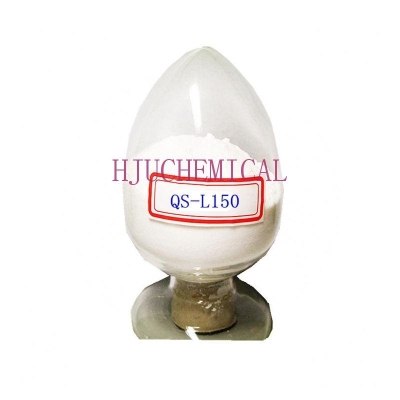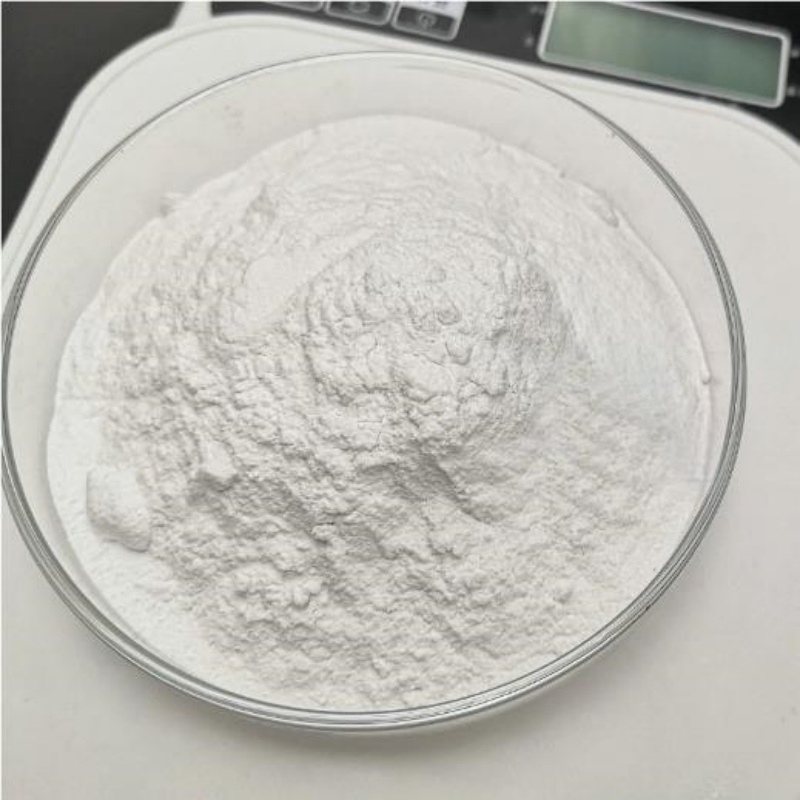-
Categories
-
Pharmaceutical Intermediates
-
Active Pharmaceutical Ingredients
-
Food Additives
- Industrial Coatings
- Agrochemicals
- Dyes and Pigments
- Surfactant
- Flavors and Fragrances
- Chemical Reagents
- Catalyst and Auxiliary
- Natural Products
- Inorganic Chemistry
-
Organic Chemistry
-
Biochemical Engineering
- Analytical Chemistry
-
Cosmetic Ingredient
- Water Treatment Chemical
-
Pharmaceutical Intermediates
Promotion
ECHEMI Mall
Wholesale
Weekly Price
Exhibition
News
-
Trade Service
● This technology, pioneered by BASF, can reproduce marble texture patterns and mass-produce unique parts
● BASF's polyarylethersulfone provides a wide range of coloring options for household appliances, tableware and exterior parts
● Marble-textured bowls appeared at Fakuma, the 2021 German Plastics Industry Exhibition in Friedrichshafen, Germany
BASF has introduced a technology to mass-produce marble-textured parts made of Ultrason® using a standard injection molding process
.
The technology, currently patent-pending, offers designers a wealth of options for coloring household appliances, dining utensils and exterior parts with BASF's polyarylethersulfone
.
For the first time in history, this technology has achieved a marble-textured surface with repeatable reproductions of shades, stripes and patterns, producing the same series of injection-molded parts that look similar but not identical
.
The technology has been successfully applied to two injection molding materials, Ultrason® E (PESU: Polyethersulfone) and Ultrason® P (PPSU: Polyphenylsulfone), and can produce unique parts
.
At the same time, Ultrason® provides these components with excellent mechanical properties, thermal and chemical resistance, and food contact compliance
.
The new process was born out of BASF's injection molding and extrusion pilot plant in Ludwigshafen
.
It uses a new nozzle bushing and special dosing technology that reduces the difficulty of producing marble-textured moldings on conventional injection molding machines and increases process reliability
.
Ultrason® particles have a pale honey hue and are suitable for creating abstract patterns in light and solid colors, giving them the effect of natural materials such as wood or marble
.
Georg Graessel, Global Business Development for Ultrason® at BASF, said: “Marbled texture effects have always been a highlight in the plastics industry
.
Until now, these effects have only been achieved using a complex two-component injection molding process, and production consistency cannot be guaranteed
.
We The Ultrason® material of ® already has excellent design freedom
.
Now, we have added a marble texture coloring effect through a new technology
.
With proper temperature control, both Ultrason® P and Ultrason® E injection molding materials can be injection molded.
Beautiful high-contrast patterns are created on-machine
.
So far, our customers have been able to mold clear and translucent parts with Ultrason® in addition to solid color parts
.
”
Marble parts made from Ultrason® are used in a wide variety of applications, such as domestic bowls, cups, plates, etc.
, commercial dining utensils, and microwave oven parts and utensils
.
In addition, marble texture effects can be applied to eyeglass frames, handles, and exterior parts, decorative panels and housings of electrical and electronic equipment
.
These applications benefit from the excellent properties of BASF's polyarylethersulfone, such as: resistance to cooking temperatures up to 180°C, excellent strength and toughness over a wide temperature range, good resistance to industrial cleaning agents, And can withstand repeated sterilization and disinfection processes
.
Ultrason® also holds the relevant food contact certifications in the EU and the US
.
Conventional injection molding machines with only one plasticizing unit and one open nozzle can use this BASF process to produce parts with a marble-like texture
.
The pre-colored substrate and high-contrast color masterbatch must be injected into the injection molding cycle simultaneously, and then separate and merge the melt streams to create the pattern in the molded part
.
This is achieved by 3D printing the nozzle bushings
.
These bushings offer great design freedom to create not only mirrored patterns, but also rotationally symmetric patterns
.
So far, traditional crafts have not been able to do this
.
Other factors that affect pattern design include the nozzle design itself, the mold gating system, gate location, and the flow behavior of the melt during mold filling
.
In addition to PESU and PPSU, this new technology from BASF is also suitable for Ultrason® S and other thermoplastics
.
Ultrason® is the trade name for BASF's product line of polyethersulfone (Ultrason® E), polysulfone (Ultrason® S) and polyphenylsulfone (Ultrason® P)
.
This high-performance material is used in the manufacture of lightweight components in the electronics, automotive and aerospace industries, water filtration membranes, components that come into contact with hot water and food
.
The Ultrason® product line has excellent performance and can replace thermosets, metals and ceramics in many applications
.







